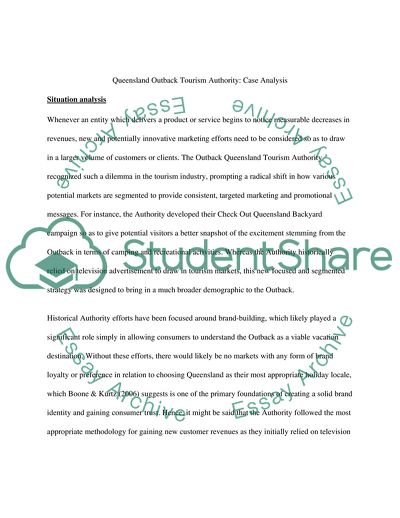Cite this document
(The Marketing Campaigns of Outback Queensland Tourism Authority Term Paper, n.d.)
The Marketing Campaigns of Outback Queensland Tourism Authority Term Paper. https://studentshare.org/tourism/1712194-foundations-of-marketing-theory-1
The Marketing Campaigns of Outback Queensland Tourism Authority Term Paper. https://studentshare.org/tourism/1712194-foundations-of-marketing-theory-1
(The Marketing Campaigns of Outback Queensland Tourism Authority Term Paper)
The Marketing Campaigns of Outback Queensland Tourism Authority Term Paper. https://studentshare.org/tourism/1712194-foundations-of-marketing-theory-1.
The Marketing Campaigns of Outback Queensland Tourism Authority Term Paper. https://studentshare.org/tourism/1712194-foundations-of-marketing-theory-1.
“The Marketing Campaigns of Outback Queensland Tourism Authority Term Paper”. https://studentshare.org/tourism/1712194-foundations-of-marketing-theory-1.


